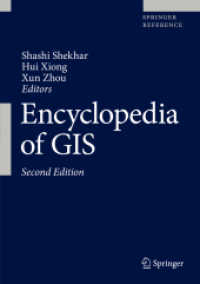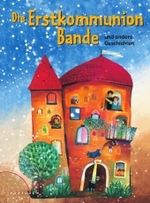Full Description
Donizetti's opera, based on Walter Scott's novel, is a staple of the bel canto operatic repertoire and famed above all for its vocally challenging and frequently reinterpreted 'mad scene' that precedes the lead character's death. This handbook examines the impact Lucia has had on opera and investigates why, of all of Donizetti's seventy operas, this particular work has inspired so much enthusiastic interest among scholars, directors and singers. A key feature is the sheer mutability of the character Lucia as she transforms from a lyric bel canto figure to a highly charged coloratura femme fatale, fascinating not just to opera historians but also to those working on sound studies, literary theories of horror and the gothic, the science of the mind, gender theory and feminist thought. The book places Lucia within the larger contexts of its time, while underlining the opera's central dramatic elements that resonate in the repertoire today.
Contents
List of figures; List of musical examples; Acknowledgements; Introduction: why Lucia?; Opera Summary; 1. Source studies: Scotland, the Gothic sublime, madness and death; 2. Speaking of genre: Lucia and the bel canto tradition; 3. Sonic landscape: the orchestral prelude and score; 4. Act I: the departure; 5. Act II: the nuptial agreement; 6. Act III: the wedding night and the graveyard at dawn; 7. Reception and legacy; Appendix A: timeline of Donizetti and 'Lucia'; Appendix B: compositional structure of 'Lucia'; Appendix C: 'Lucia' goes to the movies; Bibliography; Index.








